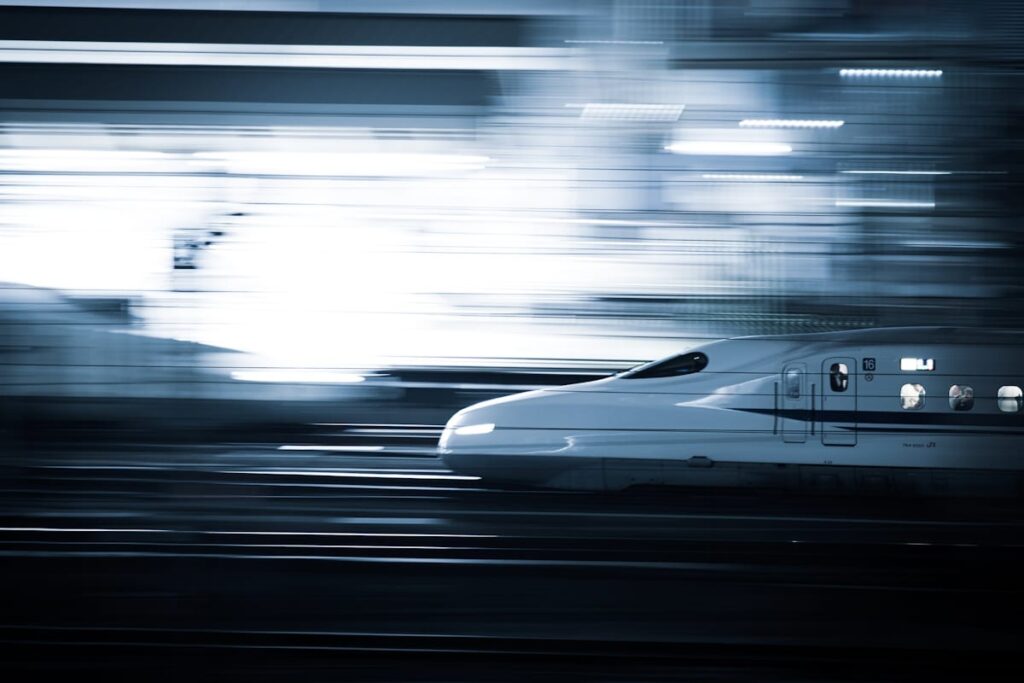[ad_1]
The highly anticipated launch of the Linear Chuo Shinkansen is delayed yet again. On March 29, JR Tokai officially abandoned the 2027 launch date due to continued environmental concerns posed by Shizuoka Prefecture. While there’s no new opening date, it’s possible the project won’t open until after 2034. This delay has also pushed back the construction of the Shin-Osaka route.
Long expected to herald a new era of travel, the train reached an impressive 500 kilometers per hour (310 miles per hour) in test runs. The Nagoya-Tokyo route will cross seven prefectures in as little as 40 minutes — for comparison, the Nozomi train averages about an hour and twenty minutes.
Yet since construction began a decade ago, the project has met opposition and disgruntlement from affected residents and politicians who see little to no benefits.
Don’t mess with our water

Concerns over the train’s environmental impact, spearheaded by recently retired Shizuoka governor Kawakatsu Heita, long mired the project’s progress. Shizuoka’s refusal to allow construction to begin cast the 2027 launch date into doubt years ago. Of the 286-kilometer route, 8.9 kilometers will pass through the northern region of Shizuoka Prefecture through tunnels dug under the southern Japan Alps.
Construction will inevitably alter the volume of water flowing into the Oi River. Far from being a minor tributary, the Oi River supplies water to local municipalities and Shizuoka’s renowned tea fields. JR Tokai promised to pump water back into the river, but their reports speculate the river will still lose about two metric tons per second.
Environmental protections aside, Shizuoka doesn’t stand to gain much as the only prefecture along the route without a station. The prefecture’s already struggling to mitigate over-tourism, even considering adding access fees to Mt. Fuji trailheads, which is going about as well as you’d expect.
Other legitimate concerns

Shizuoka may be the main reason for the stalemate, but they haven’t been alone in opposing the new train. In 2019, a citizens’ group in Minami-Alps, Yamanashi Prefecture filed a civil suit seeking an injunction against JR Tokai to stop the construction of an elevated bridge that would run directly over residents’ homes. The plaintiffs alleged their land and homes decreased in value and pointed out concerns over noise, vibration, and decreased sunlight exposure.
Advertisements
Kasai Masahiro, a tomato farmer whose farmland will be divided by the bridge, said, “They say the Linear line will be a great convenience, but from our point of view, it does more harm than good.” On-site inspections were conducted in late 2023 at the group’s request, but the court is still deliberating over the case.
In Gifu Prefecture’s Mitake-cho, tensions between residents and JR Tokai continue over the location of a soil disposal site. Most of the soil dumped will contain hazardous heavy metals like arsenic and cadmium. In May 2022, it was revealed the proposed site was home to wetlands designated as crucial for biodiversity by the Ministry of the Environment, a fact previously concealed from the public. The publicity attracted groups like WWF Japan to champion the wetlands’ protection, throwing another wrench in JR Tokai’s progress.
The delay’s ripple effects
Economist Uchida Toshihiro noted three major ripple effects caused by the delay. First, the delay will push back redevelopment and infrastructural upgrades of the stations on the Linear route, along with urban development in the surrounding regions. Second, these regions won’t immediately benefit from the surge of inbound tourism flooding Japan. Enticing new tourists to the underappreciated Tokai and Hokuriku regions will boost local economies and, hopefully, curb over-tourism in more popular destinations. Third, a delay in strengthening ties between Nagoya’s automobile industry and Tokyo’s IT hub could impact their synergy and international appeal.
However, the scales may tip in JR Tokai’s favor following the exit of outspoken opponent Kawakatsu. In a pep talk to new employees on April 1, Kawakatsu praised them for being smarter than “people who sell vegetables or raise cows.” Word of his insulting comments quickly spread, and on April 2, Kawakatsu announced his resignation.
As one of the bigger thorns in JR Tokai’s side, his absence could enable a pro-Linear governor to speed things along in Shizuoka. But even then, the long-term effects of the delay could be irreversible.
Sources
リニア中央新幹線 2027年開業を断念 新たな開業目標も示せず・・・ 駅予定地から落胆の声. Yahoo! News Japan.
なぜ静岡県はリニア着工に反対するのか? 透けて見えるJR東海への怨念. Yahoo! News Japan.
リニア初の建設差し止め訴訟 山梨県南アルプス市. Shukan Kinyobi.
山梨リニア工事差し止め訴訟は年度内に判決 原告側に高まる期待. Shukan Kinyobi.
リニア工事残土処分場問題、岐阜県御嵩町の新町長が「一部」受け入れ容認. Shukan Kinyobi.
「牛の世話と違う」と訓示 新規職員に「頭脳、知性高い」―静岡知事. Jiji.
[ad_2]
Source link




